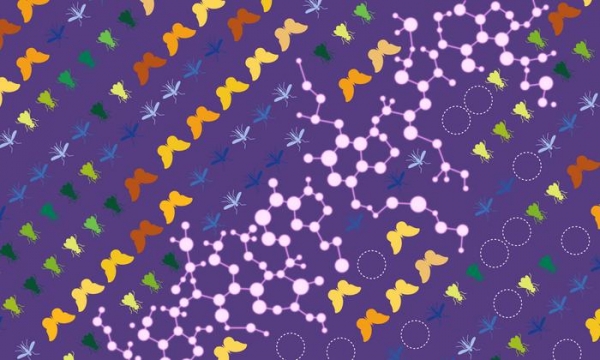Using a library of 1,000+ agrochemicals, scientists saw significant changes in behaviour and long-term survival of different insect populations.
Few people are fans of stink bugs, mosquitoes, or boll weevils, but insects play a key role in the circle of life that makes up the planet’s environment. In fact, world-renowned biologist E. O. Wilson famously declared that if insects vanished, our environment would collapse.
Scientists have noted that insect behaviour has been changing, and their populations are declining – on average 2-3% per year. This has prompted them to investigate the potential causes of this change, such as habitat loss due to overdevelopment, climate change, and chemical use.
EMBL researchers and collaborators recently investigated how pesticides, herbicides, and other agrochemicals affect insect populations. They systematically exposed fruit fly larvae to more than 1,000 molecules contained within EMBL’s unique chemical library, which stores a variety of agrochemicals in a format readily usable for large-scale screens.
Read more at European Molecular Biology Laboratory
Image: An illustration uses a variety of colours to signify the original diversity in fly, mosquito, and butterfly populations in the upper left area. A chemical effect alters the populations, not only decreasing the overall number of insects but also affecting their diversity (Credit: Isabel Calvo/EMBL)
Sci/Tech Climate Top Stories
